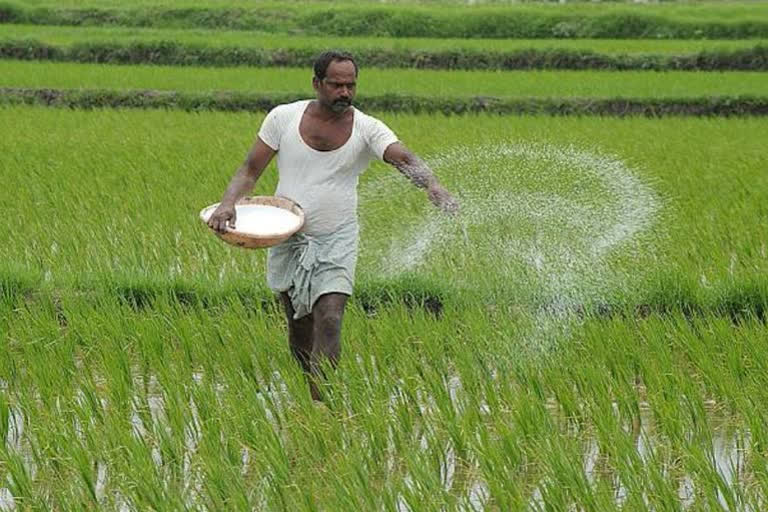New Delhi: At a time when sentiments in India is running high for "boycott China products," Government records said that such call may not be an easy one to implement.
Boycotting China is easier said than done, given the sheer volume of Indo-China trade and the dependence of Indian industry and consumers on both Chinese goods and capital.
Boycott China call came to the fore following the killing of 20 Indian soldiers by Peoples Liberation Army (PLA) in eastern Ladakh.
Government statistics available with ETV Bharat said that India is largely dependent on China even for fertiliser products.
India import varieties of fertilisers including Diammonium Phosphate (DAP), Muriate of Potash (MOP), Nitrogen Phosphate and Potash composition (NPK) from several countries but a lion share comes from China.
Statistics revealed that in 2016-17, India imports 21.76 lakh metric tonnes (lmt) DAP, 0.28 NPK from China. In 2017-18, China exported 18.94 lmt DAP, 0.59 lmt NPK and in 2018-19 China exported 31.01 lmt DAP and 0.24 MOP to India.
Talking to ETV Bharat, Raja Ram Tripathi, national convenor of All India Farmers Alliance (AIFA) said that India prefers China because of the low cost of fertilisers and smooth transportation.
"The costs of Chinese fertiliser is cheap and India can easily transport them to the country. In India also the packaging is done," said Tripathi.
Although India imports fertiliser products from 15 other countries, Saudi Arabia is also a major contributor of fertilisers to India.
In 2016-17, Saudi Arabia export 11.90 lmt DAP to India, 13.18 lmt in 2017-18 and 22.02 lmt in 2018-19.
The other major exporters of fertilisers to India are Canada, Belarus, Germany, Lithuania, Russia, USA among others.
India imported 43.85 lmt of DAP, 37.36 lmt MOP and 5.21 lmt NPK in 2016-17. Similarly, in 2017-18, India imported 42.17 lmt of DAP, 47.36 lmt of 4.99 lmt of NPK. And in 2018-19, India imported 66.02 lmt DAP, 42.14 lmt MOP and 5.46 lmt of NPK from different countries.
The import of urea for direct agriculture use on government account through state trading enterprises (STEs) namely MMTC limited (MMTC) and State Trading Corporation Limited (STC) under the foreign trade policy of the government.
The government also import approximately 20 lakh metric tonnes urea from Oman India Fertiliser Company (OMIFCO) under a Long Term Urea Off Take Agreement (UOTA) between the government of India and OMIFCO.
Officials in the ministry of chemicals and fertilisers said that India import fertiliser from different countries to fulfil the requirements of different state governments.
"The supply of fertilisers in the country is done by the fertiliser companies as per the agreed supply plan to ensure adequate and timely availability of fertilisers to each book and corner," officials said.
Tripathi said that India needs to have big industries to make the country self-dependency on fertiliser.
"Red tape plays a major negative role in having industries for fertiliser in India. If someone moves to open a fertiliser industry it takes time and there is corruption involved in the process," said Tripathi.
It may be mentioned here that fertilisers in India are being imported mainly through 30 ports of the country.
ALSO READ: Bullion's bull-run: Gold may hit Rs 52,000 by Diwali



